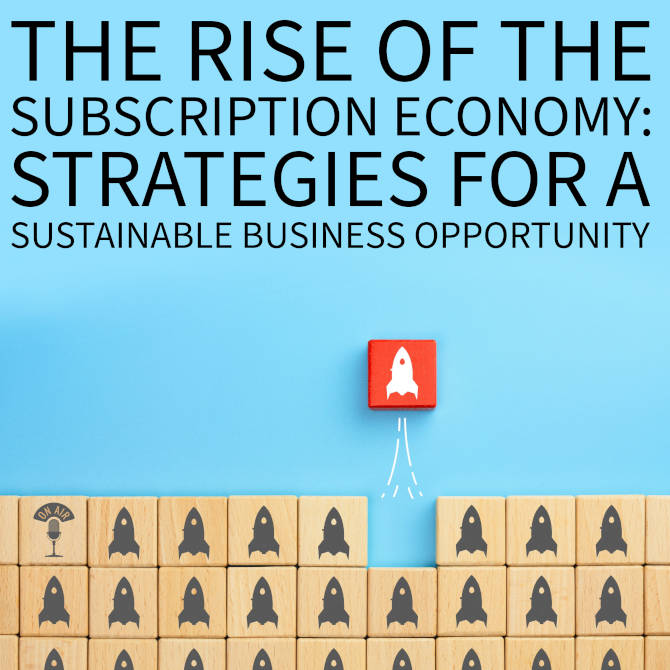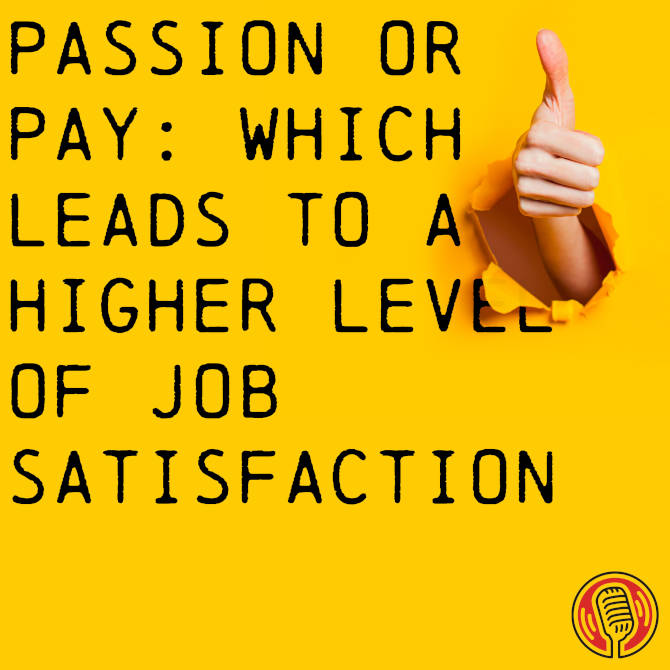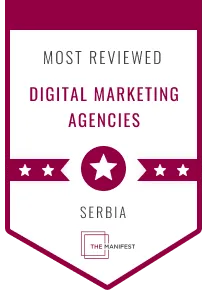Introduction to the Importance of Writing in Today’s Digital Age
Everything seems to be about the spoken word today. Short form video, long form video, social audio such as podcasts like this. So where does writing and its importance come in right now? And what do we say to the people that believe that writing is not as important today as it was yesterday?
The Enduring Power and Impact of Writing
There’s this great quote from the late Mayor Angelou who once said: Words are powerful.
If you don’t believe me, just think about the last time you heard a song that made you cry. Or a speech that made you want to take action.
Words have the ability to inspire, motivate, and move us. That’s why it’s important to use them wisely. And I think that sums up the power of writing, and if we can focus our minds and communicate our ideas with precision and impact, then we really stand out from the crowd.
Let’s delve deeper into unleashing the power of words in marketing. Shall we start?
The Debate on Writing vs. Video in Marketing
Now imagine this I’m in the midst of a lively discussion with a fellow marketer who swears that video is king and writing is dead. As someone who aced their way through the London School of Journalism, I can’t help but feel a twinge of righteous indignation at the thought of the written word being rendered obsolete.
But the more you ponder this viewpoint, the more you realise it’s worth exploring.
Sure, video is a powerful tool in the marketing arsenal. But is it really the be-all and end-all? As a skilled writer, you understand the impact that well-crafted words can have in getting your message across and reaching a wider audience with fact-based knowledge.
Leveraging Both Writing and Video in Marketing
So perhaps it’s not a matter of choosing between video and writing, but rather understanding how to leverage both mediums. To maximise effect after all why limit ourselves to one when we can have both and succeed in that it’s important to remind people of the power of writing within their marketing campaigns.
Emphasising the Need for Effective Writing in Business Communication
But we also need to take responsibility for our own voice. We need to be strong creators and get pen to paper, or today, fingers to keyboard. Especially when it comes to writing emails, memos and internal drafts. We’ve got to own our own ability to communicate effectively. Because let’s face it, we’re all communicators at the end of the day.
The Significance of Writing in Various Forms of Marketing Communication
Writing is key to unlocking all that potential. So I would say, let’s harness our inner writers and show the world what we’re actually made of. Writing is the foundation of so much of what we do as marketers. We’re responsible for crafting everything from captions for social media to the video scripts and the infographics.
You might not think of all these tasks as real writing, but they, they really are. In fact, I’d argue that all forms of communication start with the written word. So it’s essential to have a strong writing game in marketing, and let’s not forget about video, such as those hilarious TikTok clips that people can’t get enough of.
Even if you’re not writing out a full script, you still need to have some sort of plan before you hit record. Okay, maybe the majority of TikTokers have absolutely no plan based on what I’ve seen.
I don’t think anyone can argue that communication is at the heart of what we do as marketers. And it all starts with writing. I know it doesn’t feel natural for everyone, but let’s make this writing thing work for us and not against us. I find that at the moment, I seem to be continuously writing content for the website and this specific podcast.
And I definitely follow a process that I’m going to share with you in this episode. So I’m hoping this episode will help you with creating killer content.
The Writing A to B Framework: Introduction and Discovery Phase
There’s an approach that I use when creating either content marketing or say content strategy.
I call it the A to B framework. Basically, it’s all about breaking down the writing process into simple steps from the first spark of an idea, all the way through to publishing.
And why do I call it A to B?
Well, I think everyone understands the idea of following a roadmap to get from point A to B. Writing can be super daunting for a lot of people, as I said earlier.
Maybe they feel a little bit insecure about their grammar or just don’t know where to start. But trust me, by following the writing A to B framework, anyone can become a confident writer. Whether you’re a pro or just starting out. The key is to write something every day. And it, it doesn’t necessarily have to be, you know, anything for anybody but yourself.
If you start writing a journal or the likes of that, you start training your minds to think in that process. Now, there’s no arguments. My goal is to help marketers and businesses feel awesome about their content they’re producing. And when you follow the writing A to B framework, you’ll increase your chances of achieving your content objectives.
As I said, writing can be tough, but it doesn’t have to be. And hopefully following what I’m going to do will take the pressure off and make you feel considerably more confident about your writing skills. Now, the A to B framework is actually broken down into three sections, discovery, creation and delivery.
Let’s start with discovery, which is all about the prep and the research you need to do before you start creating content. And there’s actually four steps within discovery.
First up would be identify your goals. What do you want to accomplish with this piece of content? Whether it’s a video or a landing page or a blog post, you should have one clear goal in mind. And write that at the top of the page so you never lose sight of it.
The second step is to reframe that goal and think about your audience. Why should they care about content? What’s in it for them? Think of it as answering the question. So what?
Step three is to add data. This could mean actual data and numbers or quotes from experts that back up your points. The point is to provide external validation for what you’re writing and give it more weight.
The final step is to organise your thoughts. What shape is this piece of content going to take? How will you structure it to effectively communicate to your audiences?
Once you’ve checked off all these steps in discovery section, you’ll be well on your way to create powerful content.
Creation Phase of the Writing A to B Framework
So now we move on to sort of the next section of creation and we’ll continue building out from there.
When you’re creating content, it’s easy to get caught up in talking about your product or services without thinking about why your audience should care. That’s where the, so what comes in, it’s all about reframing what you’re offering to understand why it matters to your customers.
I talk quite a lot about this with clients, and I think it’s critical for effective marketing. You need to at least ask, so what questions to get to the core of what you’re offering and how it improves your customers lives. It’s not just about feeling proud of your writing skills, it’s about driving business and engaging your audience to actually take action.
And if you work for a company, it’s important to remember that good writing is never about the company itself, it’s about the customer. So, before you even start writing, take the time to understand why your content matters to your specific audience. It’ll definitely shift the way you approach creating content and ultimately to better results.
And if you’re working on a project for someone else, make sure to get their blessing before diving into this style. You know, you don’t want to waste your time creating something that doesn’t align with their specific vision. All right, so we’ve talked about discovery phase of the A to B framework. Now let’s dive into the next step, creation.
This is where the real work begins. But before we dive into writing, you need to do some prep work. This is where the, so what? Step comes in, but it’s the, so what step it’s about reframing what you’re creating and understanding why your audience should care about it. This is something a lot of brands get wrong.
They focus too much on their product or solution, but what really matters is how it improves the lives of their customers. To apply the so what step, you need to ask yourself a series of questions. Let’s say your goal is to sell more licensed software. You need to ask yourself, so what? What does it matter to your customer?
What value does it provide to them? And ask until you get to the core of what you’re actually offering. Once you have a clear understanding of why your audience should care, it’s time to move on to the creation phase. This is where you’ll start writing your content. The first step is to get your ideas down on paper and really don’t worry about grammar or full sentence, just write everything that comes to your mind.
What I actually do is I, I narrate everything in words. And many a times I forget to say full stop new sentence and all of that sort of commands. And then I end up with a page just full of the longest sentence you’ve ever seen in your life.
Now, it’s important to give yourself some space before you start editing.
Walk away from your draft for a bit. It could take a few hours or even visit it the next day. It’s important to get your eyes fresh when you, you actually come back to it. When you do come back to the draft, it’s time to start editing. Before you do, think about one person who you’re writing this content for.
It could be someone you know or, or persona you created. This will help to keep your voice more personal and engaging. Remember good writing is never about the company. It’s always about the customer. Keep that in your mind throughout the creation phase. Once your content is totally polished and ready to go, it’s time for the final step, delivery.
Delivery Phase of the Writing A to B Framework
So we’re at the point where we’re almost done with our writing process, and we’re at the delivery stage, and this is where we can really have some fun. After all the hard work of doing the prep, the research, and the writing, it’s time to add that final polish. And then let it go. The D in the framework is where we get to make our own and really let our personalities shine through.
Speaking of shining, let’s talk about how we can really make our writing stand out. It’s important to remember that publishing is Better than being just perfect, because let’s face it, we’ll never get perfect. We’ll always find something that we want to change or improve. So it’s best to just let it go and see what happens.
I’m the same with it, with these podcasts, I’ll write out my whole sort of agenda. And then as I’m going through, I tend to read something and think, what on earth did I write there? And then edit it in the process. But of course, I would never do any form of editing certain paragraphs out of this. I’m like, how do we make sure that what we publish actually shines?
Well, one thing we can do is focus on our voice and personality. Think about who you’re writing for and how you want to come across to them. Let your personality and style shine through in your writing so it’s more relatable and engaging for your audience. And if you’re feeling stuck or unsure, don’t be afraid to ask for feedback from some colleague or something just to bounce ideas off of someone else.
Final Touch
So let’s take a deep breath and add that final polish because we’ve done all the hard work. Now it’s time to share our writing to the world.
I think it’s always important just to double-check that as much as your writing is grammatically correct. I like to have Grammarly on my computer just to double-check, because it will manage to rephrase things that sound slightly better, and they can help flag the sort of errors of inconsistencies that still might be present in your draft.
But don’t stop there. It’s, it’s also important to have another human look over your work. You’ve just got to make sure you’ve got to pick someone who understands your unique voice and won’t try to change it to their own. If you don’t have access to, say, an editor, no worries.
You can still read your writing out loud to yourself to catch any sort of awkward phrasing or confusing sentences, I do this, I think this is a critical step to actually follow and it allows me to hear how my words flow and make adjustments to keep the reader engaged.
Ultimately, our goal in delivery stage is to create momentum and keep our reader engaged from the beginning to the end.
We want them to feel like they’ve gone on a fun journey with us. Even if our piece is 2, 000 words long. So let’s add some shine and let our writing go out into the world.
Final Thoughts on Writing as a Key to Effective Communication
Well, there you have it. The writing A to B framework broken down into its three key stages. Discovery, creation, and delivery. By following these steps, you can really become a confident and effective writer. No matter your skill level.
But remember, writing isn’t just about getting the words down on paper. It’s about connecting with your audience, driving business results and making an impact in the world.
So let’s take the time to craft content that truly resonates with our readers and moves the needle forward.
Thanks for joining me on this journey and happy writing. Remember to follow and subscribe. Bye for now.











